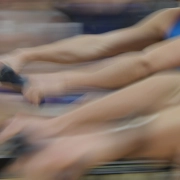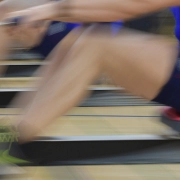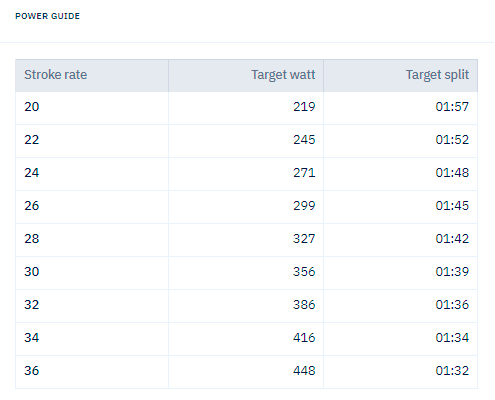Advanced Race strategy for 2K
Advanced Race strategy – How to row a 2K race
In this article, we will describe a more advanced race strategy, how to row a race or trial when the aim is not only to improve the PR but win or get ahead.
When racing against others you need to be ready to respond if needed. It is good to have a plan of your own, what you intend to do if all goes well, and on top of that, a strategy on how to respond if needed.
Rowers attempting a more advanced race strategy should have some experience of their capacity on the distance. Becoming good at racing and tactics requires a good load of mental strength and believing that the picked strategy will work.
Your strategy can also be to choose to be so confident, just stick to the plan that works and trust it gets you the placing you want. Be mentally prepared.
The diagram below shows a suggestion for a more advanced race strategy when aiming for a time 7:00.
The Get ahead strategy
The start
– Just like for the start for the Simple race strategy – take 7 start strokes where you build up the length of the stroke followed by 10-13 full-length power strokes. For this phase, one is using the anaerobic energy system and the body starts to build up lactate fast. The key is to make the transition to using the aerobic energy system for your race pace phase without having acquired too much lactate. So take max 20 start strokes where you give it all you have and then settle down to race pace.
The race pace
– Let’s use the example for 7:00 minute goal to demonstrate.
Start by dividing the 2K into four segments where you set the target pace as follows. For the 1st 500m, aim for a split 1:42, The 20 start strokes give some extra so you can dare to take this piece a bit harder and add up to the average 500m split on the 1st 500m. The 2nd 500m in 1:46, the 3rd 500m in 1:47, and the 4th 500m in 1:45. When adding up the times for each 500m interval, they need to add up to the time you are aiming for. The green line indicates roughly what the SPM (strokes per minute) should look like during a race.
One of our preferred race strategies is to get ahead and hold the others behind you. It is something Bo used when he rowed the LM8+ and it worked for them. It was a mentally easier place to race from. If needed, they would make a bold push already at 400m after the start where the team could secure the leading position. It was a bold decision to take but they felt it was easier to push boundaries from a leading position than from when you are trying to catch up. The team could see how the other crews reacted and control the race, ‘just’ focusing on keeping a good rhythm and holding the others behind us. This meant that there was not necessarily energy left for a wild sprint at the end, but in most cases, it was not necessary. To practice this strategy, you might just pick a close competitor, someone who you have wanted to beat for a long time, not a whole race.
Making pushes along the way is energy off the final sprint and the risk of building dangerous lactate too early. From the lead position, you can feel, that it is mentally easier to push your boundaries, than when having someone trying to catch up with you.
In the second graph, the green line indicates the stroke rate. The first spike after 400m is a push to get ahead. Strategic pushes can also be used to overtake someone who might be getting tired or get some distance from someone threatening to get too close. Again it is about getting the mental energy from being in the lead. The second push on the graph is shown after 1000m.
The risk with pushes is that there is less fuel and power for the final sprint. A sprint might not be needed if the competition gave up the chase.
And finally, don’t be afraid of trying different strategies and making a wrong move. On the way, you might learn new skills about yourself. Study your competition, and how they react, and use this information in your race planning.
Keep challenging yourself.

 Rojabo.com
Rojabo.com



 Rojabo.com
Rojabo.com